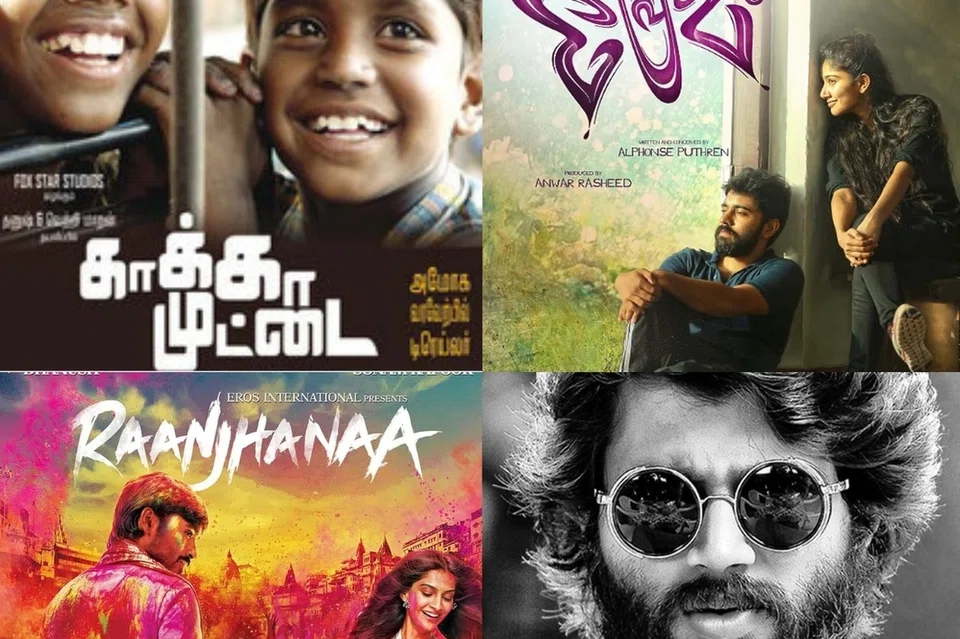Indian films hold all too much power over their audience; it’s almost disturbing. Movies of this era dictate trends, fashion, and even the way we speak.
“Item songs”, which are upbeat, often provocative musical and dance sequences in Indian cinema that may be unrelated to the film’s main plot, tend to dominate social media algorithms. Fashion takes its cues from the glamorous ladies of the screen, and scriptwriters have permanently changed the way people speak with catchy phrases and words.
It’s impossible to escape the omnipresence of the film industry. No matter what you do or where you go, the remnants of cinema are bound to follow you. From celebrity endorsements on the shelves of supermarkets to hearing the same songs on repeat in restaurants, it’s only natural to question yourself on just how entrenched our society is with entertainment.
Despite the constant churn of films and its pervasive hold on our lives every once in a while, a work of art comes along that feels truly transformative. For me, the movie Kaaka Muttai (Crow’s Eggs), directed by M. Manikandan, remains a masterpiece – it is easily the single best piece of cinema I have ever watched. Even today, I can still vividly remember the uneasy awareness of privilege I felt as a child when I first watched the movie. Poignant and inspiring, albeit simple in its premise, about two children from the slums of Chennai who embark on a modest quest: to taste pizza.
12th Fail is another incredible Hindi film that sheds light on the struggles of a student and the systemic flaws of the education system. Romance films like Premam do an excellent job of showing the complexities of love.
Movies like these transcend boundaries of age and education. They’re vessels for hope and change. Like invisible threads stitching my fellow humans and me closer in shared empathy.
Despite these impactful movies, much of Indian cinema still relies on star power and overused cliches.
Movies like Arjun Reddy and its various remakes, for example, promote a toxic vision of romance, normalising abuse, violence, and the idea that the “right girl” can change a violent alcoholic man. Movies like Raanjhanaa romanticise stalking, conflating obsession with love. Movies like these gain massive cult followings, especially among young audiences.
I can’t help but feel that our impressionable youth could be internalising these on-screen performances as an accepted form of behaviour in reality.
Spoiler alert: that’s not how the real world works.
Some argue that filmmakers should be allowed their creative freedom. There is no doubt they should, but when a filmmaking genius relies on glorifying toxicity and general human violence, that’s where we should draw the line.
The might of films is palpable. It quietly seeps into our conversations, choices and the way we view the world. Artistes owe it to their audiences to create entertaining and nuanced stories without compromising ethics.
Cinema should recognise the considerable influence it has on society, especially on youth, and aim to move away from cliches to create films with real value.


